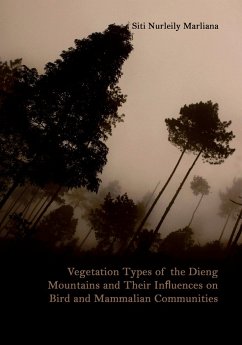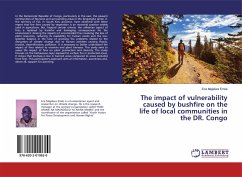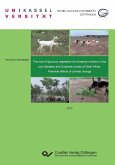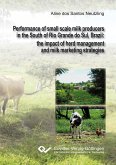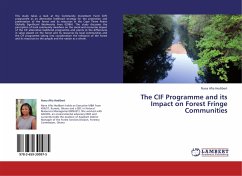The pressure from population growth in Indonesiäs Java Island has resulted in grave deforestation and forest degradation, leaving only 8.2 percent of forest cover remaining in 2006-2007. Population pressure continued to shrink Javäs forest cover through land conversion into settlement areas and agricultural fields, leaving small, isolated forest patches situated on mountain tops, like the ones found in the Dieng Mountains. Located in Central Java Province, Indonesia, the Dieng Mountains ecosystem has an important role in providing a wide range of goods and services, especially in supplying freshwater to its adjacent areas and maintaining biodiversity. However, the montane forests in the Dieng Mountains suffer from degradation caused by population pressure. Poor farming practices have resulted in the occurrence of pesticide pollution, a high level of erosion, soil sedimentation in lakes and reservoirs, landslides, and mud floods. Forest fires, illegal logging, forest looting, followed by land encroachment and shifting cultivation, have replaced the mature montane forests with young secondary vegetation. Regrowth forests have become the major vegetation type surrounding the Dieng Plateau, and with current farming practices, the trend of their formation indicates that they will persist into the future. So far, little has been done to deal with regrowth forests in the Dieng Mountains, and their value in terms of ecosystem functioning and biodiversity preservation has been insufficiently studied. Since the Dieng montane forests are known to harbor many endemic and rare wildlife species, it is important to understand how wildlife species in this area cope with habitat change. This research is an attempt to examine the impact of land use change resulting from humaninduced disturbances to the local flora and fauna, specifically to bird and mammal communities. The results of this research will provide an overview of the present condition of the Dieng Mountains ecosystem and help to fill in the information gaps left by previous studies. This research will provide policymakers with knowledge of the current state of the Dieng Mountains, allowing them to develop an effective program with reasonable goals and take appropriate actions in their effort to improve the ecological conditions of the Dieng Mountains.

